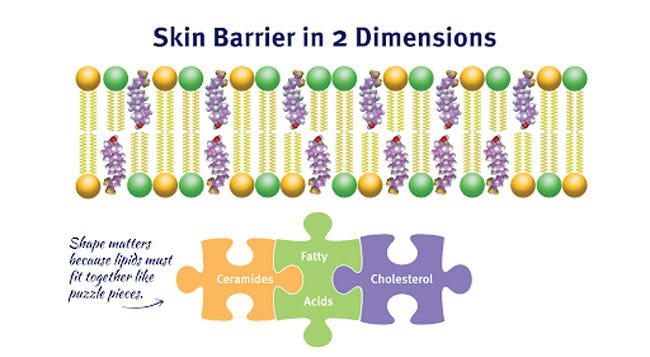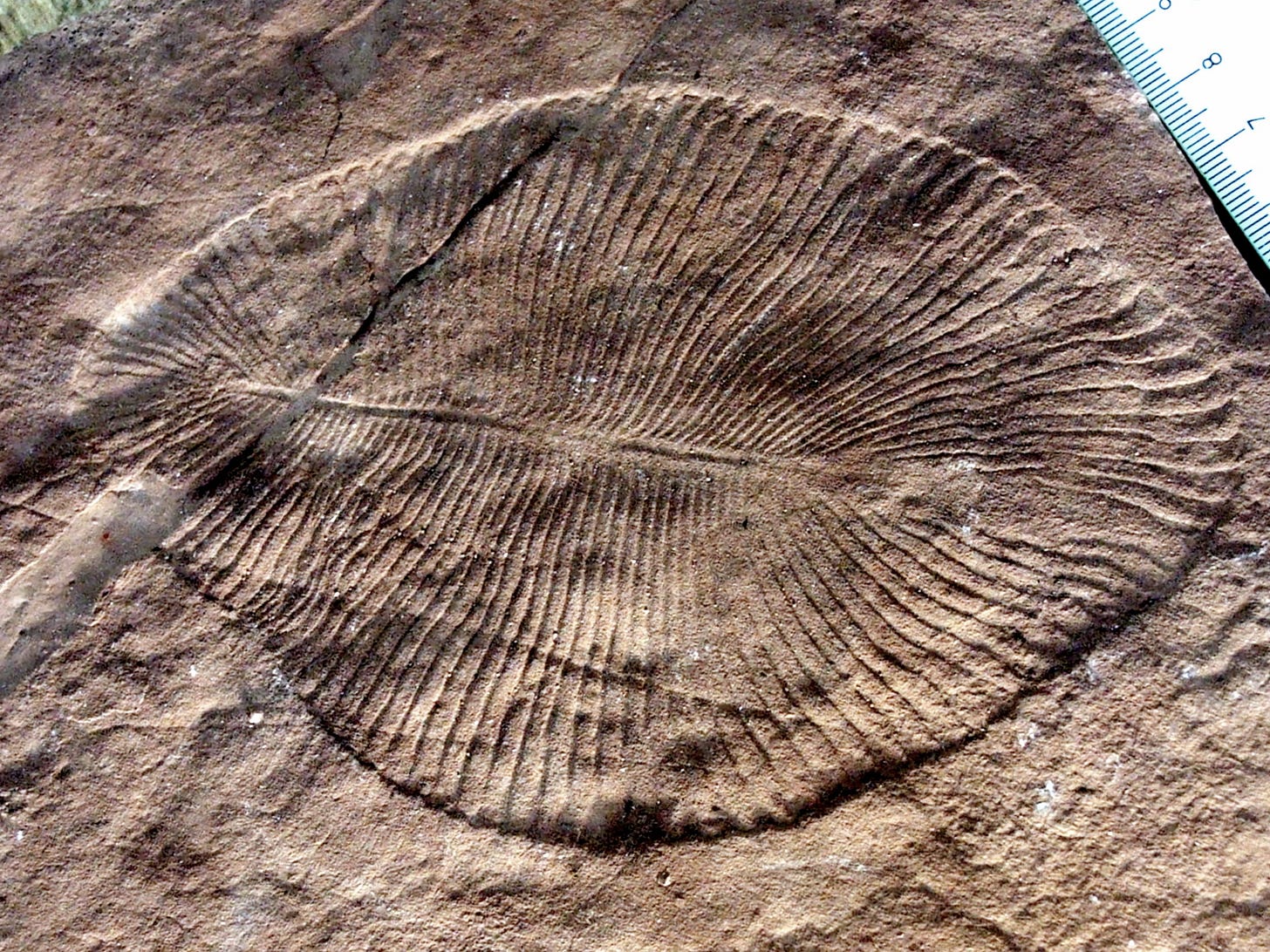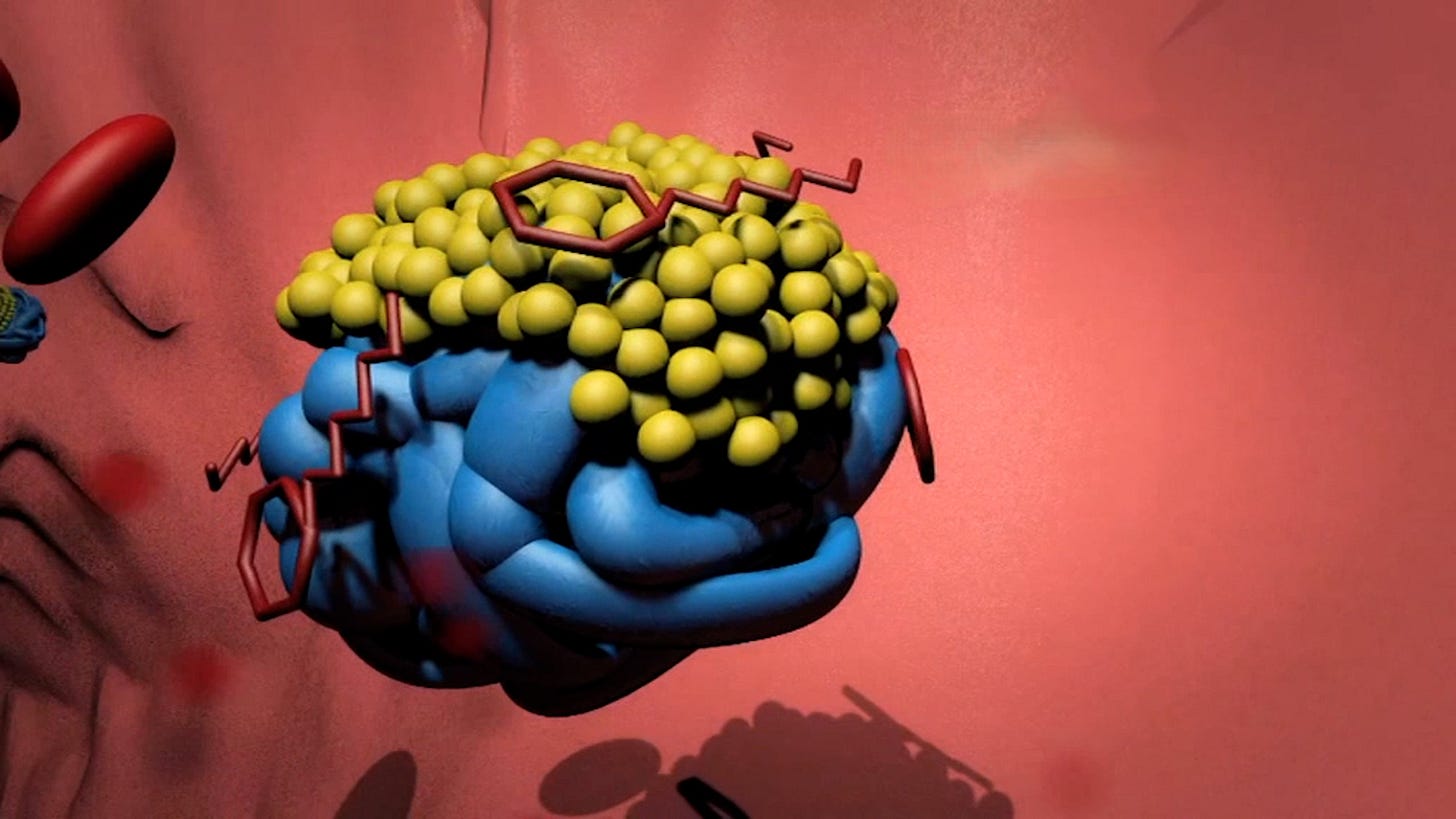I have previously made two documentary films about this topic. I have a book that has been published in the United States and has also been translated into German, and I’ve also written leading feature articles for major publications.
I was shocked recently when I checked how many people are still taking statin medications to lower their cholesterol. 200 million people worldwide and around 40 million people in the United States alone.
The problem is that the false information from the pharmaceutical industry is relentless. They have very deep pockets and exert their influence at every level of the medical profession.
We know that cholesterol is essential for life. Cholesterol plays an important role in the immune system and is critically important for the structural integrity of human cells.
The human body is made up of about 35 trillion cells. Weirdly, that’s about the same number as the National Debt in the United States.
Anyway, all of our 35 trillion cells have a membrane - or outer layer, that is largely made up of cholesterol. Although this is true for all cells, it can be more easily appreciated by looking at skin cells.
The outermost layer of the skin protects us from dehydration and external dangers. Three major lipids (or fats) are important for the outer layer of skin cells. These are ceramides, free fatty acids, and cholesterol.
That’s why expensive anti-aging creams contain cholesterol. The skin products that contain cholesterol appear to work well, according to the published reviews.

When we don’t have enough cholesterol and other fats in the skin, it is thought that tiny gaps can appear between the skin cells, and the skin looses moisture. The skin becomes dull, deflated, and ages more quickly. The skin also becomes less able to function as a protective barrier.
But the outer layer of skin cells is only one of the many applications for cholesterol. Cholesterol is also the raw material needed for all of the sex hormones, including estrogen and testosterone.
Cholesterol is the raw material used in the liver to make bile acids for digestion. And cholesterol is the raw material necessary for the production of vitamin D in the skin.
And certain parts of the body such as the brain, the nervous system, and the eyes, need a lot more cholesterol than other parts of the body. For example, the brain has about 25% of all the cholesterol within a human.
So, without cholesterol there would be no brain, no digestion of food, and no sex. Which wouldn’t really matter since without cholesterol there wouldn’t be any human cells anyway. In fact, without cholesterol, there wouldn’t be any animal life at all. Cholesterol is an ancient molecule that is the hallmark of animal life.
In 2018, the presence of cholesterol was used to identify the oldest animal on record. Researchers from Australian National University examined an unusual oval shaped fossil. The fossil is from an animal that roamed the earth 558 million years ago.
Scientists had previously debated if the fossil was an animal or something else. But the presence of a significant amount of cholesterol enabled it to be unequivocally identified as an animal. Cholesterol molecules are in abundance in almost all animals but have low abundance in other life forms.
Professor Brocks said “these creatures in fact produce cholesterol, which is the hallmark of animals and tells us in fact that this creature is our earliest ancestor”.
The animal is called Dickinsonia and it is not clear if the 558 million year old suffered a heart attack because it didn’t take its statin medication. On a more serious note, the idea that cholesterol is a primary cause of heart disease is nonsense.
We are told that LDL “cholesterol” is bad and high levels of LDLs increases the risk for heart disease. Conversely, we are told that HDL “cholesterol” is good.
The first staggering and undeniable truth to observe about so-called good and bad cholesterol is that LDLs and HDLs are not cholesterol. Yes, they contain cholesterol but they are not just cholesterol.
You see, cholesterol is a waxy substance that does not mix with water (or blood) therefore in order for it to be transported throughout the body in the bloodstream it has to be carried inside something called a lipoprotein. A lipoprotein is a kind of bundle of fats, protein, and many other substances that moves around the body together.
HDLs are a bit smaller and more dense than LDLs. So, HDLs are called high density lipoproteins and LDLs are called low density lipoproteins.
In terms of the actual cholesterol content, LDLs contain about 26% cholesterol by weight, and HDLs contain about 20% cholesterol by weight. The rest is made up of other important nutrients and molecules.
For example, HDLs and LDLs also contain Coenzyme Q10, beta-carotene and vitamin E. And some of these nutrients have direct heart-protective qualities.
Coenzyme Q10 (CoQ10) is needed for energy production within every cell of the human body. The heart, in particular, requires huge amounts of CoQ10 and heart failure is associated with low levels of CoQ10.
LDLs and HDLs are the two main transport mediums for CoQ10 within the body. Around 58% of CoQ10 is transported by LDLs (the so-called “bad cholesterol”) and about 26% is transported in HDLs.
Beta-carotene is thought to protect against various diseases such as cancer and eye disease. Beta-carotene is associated with a number of lipoproteins but 60-70% of the beta-carotene in circulation is carried by LDLs.
Vitamin E is involved in the immune system and helps to dilate blood vessels to improve circulation. It also helps prevent coagulation - coagulation, or blood clotting, is a key feature of heart disease - which vitamin E protects against. The vitamin E contained within LDLs is also thought to protect the LDL from oxidation.
So lowering the LDL level could reduce the availability of CoQ10, vitamin A, vitamin E and other nutrients. In addition to depleting the body’s supply of cholesterol for vitamin D and the other important roles mentioned above.
Another thing that is conveniently ignored by the orthodox, or incorrect, view is the tissue repair qualities of cholesterol. When cells become damaged, they need cholesterol to repair themselves. A discussion of the tissue repair qualities of cholesterol can be found in the scientific literature at least as far back as 1978.
We are told LDLs are bad because they carry cholesterol to the tissues within the body. And HDLs carry cholesterol away from tissues to the liver for recycling. The idea of good and bad is based on the direction of travel.
The medical establishment has also suggested that there is a mathematical correlation between LDLs and an increased risk for heart disease. Again, as shocking as it may sound, that again is simply not true.
A large study published in the American Heart Journal in 2009 found that the level of so-called bad cholesterol (LDLs) is actually lower in people with heart disease, not higher. The study included around 137,000 people from 541 hospitals in the United States who had been admitted to hospital with heart disease. All of whom had their LDL level measured within twenty-four hours of admission.
The researchers found that the average LDL level for this group of people was (104 mg/dL (2.7 mmol/L). This was lower than the average LDL level for the American general population at the time, which was 123 mg/dL (3.3 mmol/L). See note 1.
In addition, other studies have found that people admitted to the hospital after a heart attack, have a higher risk of dying within the first thirty days if they have lower LDL levels and people with lower LDL levels also have a higher risk of dying in the next three years after a heart attack.
Knowing that LDLs provide an essential role in the supply of vitally important nutrients to various parts of the body, is it really a surprise to find that it is lower LDL levels that are more likely to cause a problem?
Anyone listening to this who is still entrenched in cholesterol dogma may be thinking of another objection, namely, that statin medications lower LDL levels and at the same time reduce heart attacks. There is a lot to unpack regarding this and it requires its own video / article. That video . article is coming soon so please make sure you are subscribed.
So why does the medical establishment insist on lowering LDL levels? Sadly, its another example of profit taking priority over peoples’ health.
It's shocking that so many doctors ignore the physiological reality and get taken in by false information from drug companies. I’m not suggesting that all doctors are bad. There are many many great doctors out there. But their voices are difficult to hear amidst the propaganda from the commercial interests.
Notes:
Carroll MD, Lacher DA, Sorlie PD, et al. Trends in serum lipids and lipoproteins of adults, 1960–2002. JAMA. 2005;294(14):1773–1781.
For comparison, the LDL level of people twenty years and older was used. However, women around the same age as those included in the American Heart Journal study had an LDL level of 133 mg/dL and men around the same age had an LDL level of 127 mg/dL—which means that in real terms, the difference was even more significant. The average level of LDL cholesterol for American adults age twenty and older in 2010 was 116 mg/dL.
Mann D. Cholesterol levels down among U.S. adults. Web MD. October 16, 2012.
(18 June 2024) I was asked for references related to LDLs carrying other nutrients. In fact, if we enter into google searches such as “amount of CoQ10 in LDL” or “main transport mechanism for beta-carotene” we can find a range of different articles referring to this. The three studies listed below have been randomly chosen to substantiate :
CoQ10
“For transport, CoQ10 is coupled to the chylomicrons, being taken up by the liver17 and being then incorporated into LDL, which transports 58% of it, and into HDL, which transports 26% of it.”
https://www.sciencedirect.com/science/article/pii/S235238591830032X
Beta-carotene
“at all time points the majority of plasma β-carotene was contained in low density lipoproteins (LDL), while high density lipoproteins (HDL) carried a smaller portion”
https://link.springer.com/article/10.1007/BF02538909
Vitamin E
“Vitamin E, mainly α-tocopherol, is the major fat-soluble antioxidant present in the LDL particle.”
https://www.sciencedirect.com/science/article/pii/S0022316622146390#:~:text=Vitamin%20E%2C%20mainly%20%CE%B1%2Dtocopherol,protect%20LDL%20from%20oxidative%20damage.












Share this post